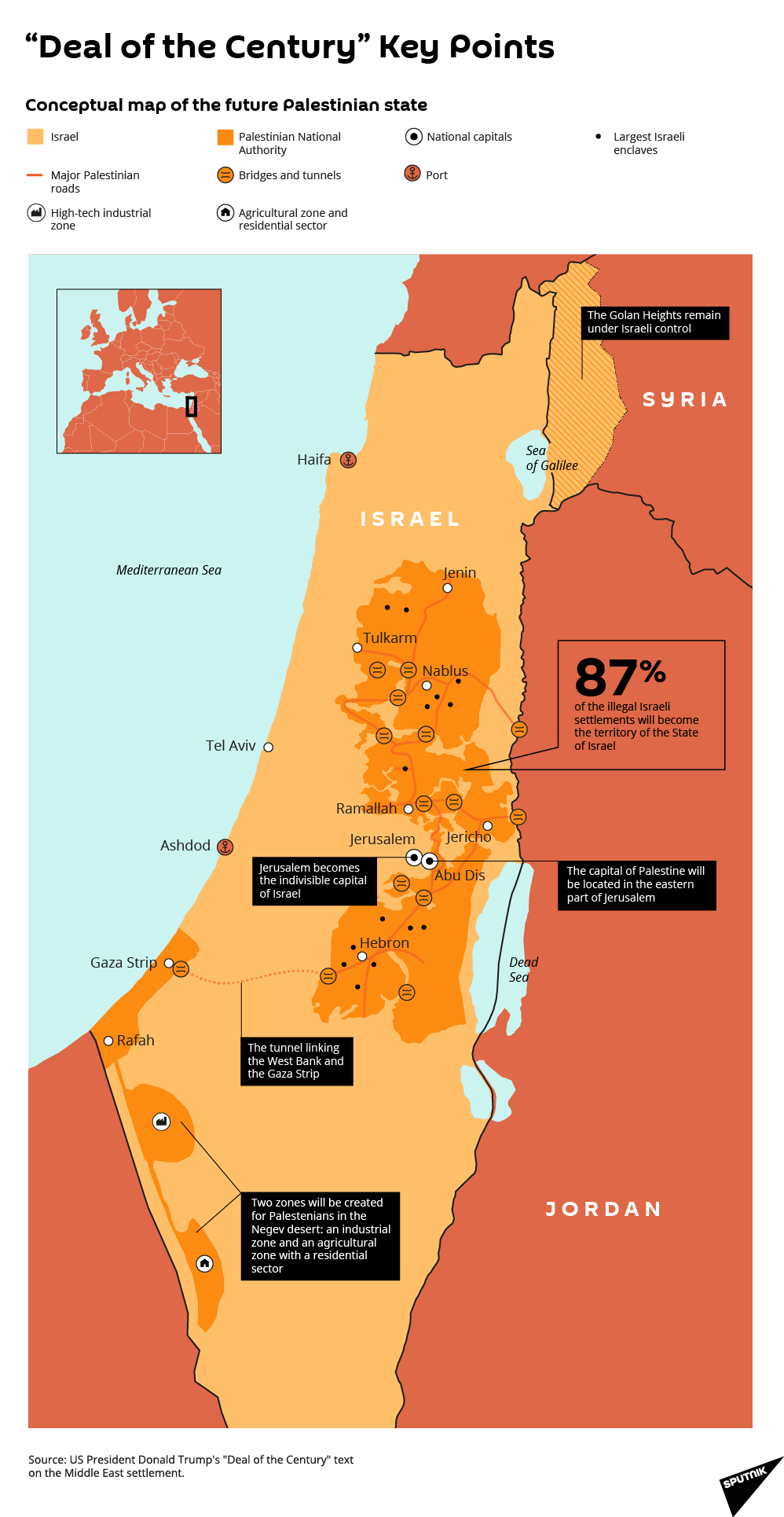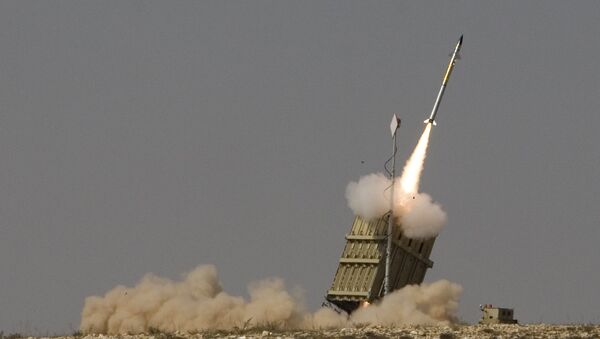Israel’s primary short-range air defense system is seeing some of its assets deployed in the country’s south, which has seen an increased concentration in rocket, mortar, and incendiary balloon attacks coming from Gaza, according to a report by Israeli internet portal Walla, cited by the Jerusalem Post.
First deployed in 2011, the Iron Dome system can intercept projectiles from rockets to artillery shells between ranges of 4 and 70 kilometers. New tests completed in mid-January showed the system’s most recent upgrades have a 100% rate of successful interception, Pini Yungman, vice president of Rafael Advanced Defense Systems, which makes the Iron Dome, told the Times of Israel. Israeli authorities have kept mum about the specific new upgrades, The War Zone notes.
The Post notes that in the past week, at least a dozen rocket and mortar attacks have been fired into Israel from the self-governing Palestinian territory, as well as dozens of explosive balloons.
While there have been sustained violent exchanges between the Gaza Strip and the IDF since mid-2019, the recent step-up likely originates in anger at the US assassination of Iranian Gen. Qasem Soleimani in early January, for which Israel’s Mossad intelligence service provided help, as well as the recently announced “Deal of the Century” orchestrated by Washington. The deal calls for Israeli annexation of large parts of the West Bank, East Jerusalem and the Golan Heights in exchange for a temporary cessation of settlement construction, new infrastructure linking the remaining Palestinian territories and special agricultural and industrial zones for the new Palestinian state in the Negev Desert.

Notably, no Palestinians were involved in the drafting of the deal, and neither the Palestinian Authority, which represents the West Bank, nor Hamas, which represents the Gaza Strip, have accepted its terms.
Following news of the deal’s details last week, mass protests erupted across the region, not only in Israel and the Occupied Territories, but in Lebanon and other countries as well.
However, Tel Aviv daily Yediot Aharonot has claimed the renewed attacks from Gaza are primarily orchestrated by Palestinian Islamic Jihad (PIJ), a militant offshoot of the Muslim Brotherhood dedicated to Palestinian nationalism, and that Hamas is either incapable of, or unwilling to, restrain PIJ from the renewed assault.
Hamas official Khalil al-Hayya told journalists on January 21 that incendiary balloons were being launched by disgruntled individuals, not Hamas, but noted the group was “satisfied” with attacks and that they would likely continue “if the occupation doesn’t pick up the message,” the Associated Press reported.
The Jerusalem Post noted that IDF intelligence believes Hamas remains wary of sparking another full-scale war with Israel, but has endorsed short bursts of violence.
According to IDF statistics, last year, 1,295 rockets were fired at Israel - the most violence seen since Operation Protective Edge in 2014, when the IDF launched an air and ground assault on Gaza that killed more than 1,400 Palestinian civilians and wounded 10,000. The year 2019 also saw the largest number of Israeli civilians killed by rocket fire - seven - since 2014. During the 2014 war, six Israeli civilians were killed and 87 wounded.
Late last year, the IDF announced testing of a new laser interception system specifically designed to intercept soft air targets like incendiary balloons and kites, as well as drones. The system, dubbed “Light Blade,” can zap targets as far as 1.6 kilometers away, Sputnik reported.


